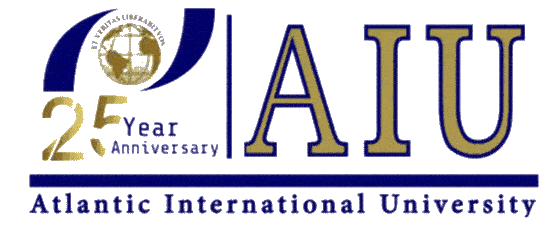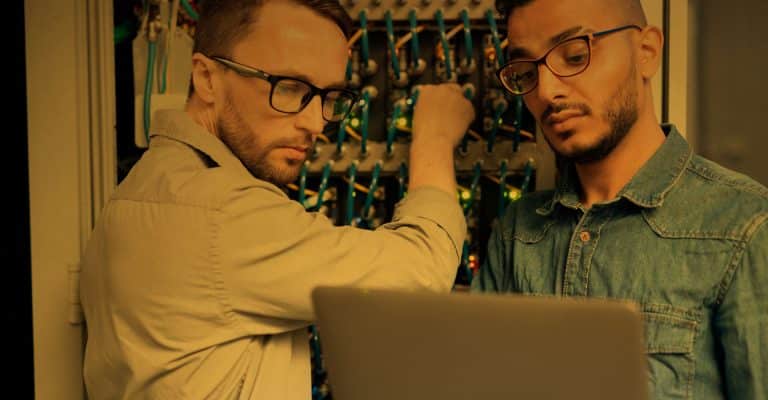Acquiring, Not Just Learning Language: A New Approach to Language Mastery
January 15, 2024 2024-01-15 16:19Acquiring, Not Just Learning Language: A New Approach to Language Mastery

Acquiring, Not Just Learning Language: A New Approach to Language Mastery
In the realm of linguistics and language education, the concept of ‘acquiring’ a language as opposed to merely ‘learning’ it represents a paradigm shift. This approach, eloquently presented by Bojana Ristic in her video “Acquiring, Not Just Learning Language,” highlights the distinction between passive learning and active acquisition of a language.
Understanding Language Acquisition
Language acquisition involves absorbing a language in a natural setting, similar to how children learn their first language. It emphasizes context, practical use, and immersion rather than rote memorization or structured grammar lessons. This method is believed to lead to a deeper understanding and a more intuitive use of language.
The Limitations of Traditional Language Learning
Traditional language learning methods often focus on grammar rules, vocabulary lists, and standardized testing. While these elements are important, they don’t always equip learners with the practical skills needed for real-life communication. The result can be a learner who excels in written tests but struggles in everyday conversations.
The Role of Immersion in Language Acquisition
Immersion is key in language acquisition. It involves engaging with the language in various forms—listening, speaking, reading, and writing—in everyday contexts. This could mean traveling to a country where the language is spoken, interacting with native speakers, or consuming media in the target language.
Bojana Ristic’s Insights
In her video, Bojana Ristic delves into the importance of this immersive experience. She argues that true language proficiency is achieved when a person can think and express emotions in that language, a feat more easily attained through acquisition rather than traditional learning. Her full discussion on this topic is available here.
Technology and Language Acquisition
Advancements in technology have made language acquisition more accessible. Language learning apps, online immersion programs, and virtual reality environments offer opportunities for practical language usage beyond the classroom.
Conclusion
The shift from learning to acquiring a language opens up a world of more effective and engaging language education. By focusing on practical use and immersive experiences, language learners can achieve a level of fluency that feels natural and intuitive. Bojana Ristic’s insights into this approach are not just educational but transformative, offering a roadmap to mastering a new language in a way that is both enjoyable and effective.
Related Posts
Creating a Healthy Workplace: Strategies for Success
Popular Tags






















